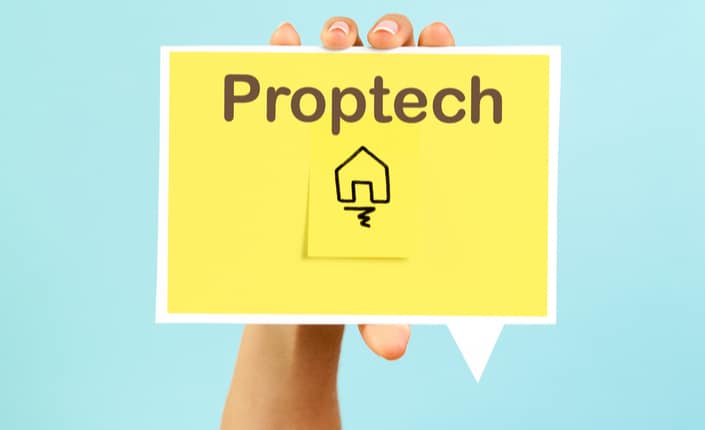
The property world is known for being a somewhat reactive old school industry, a safe asset class where change comes slowly. Property portals are perhaps the exception in the real estate sector as a whole and although there will be plenty out there of the opinion that property portals have also been slow on the uptake with technology, the real Luddites have mostly been found elsewhere in the property value chain.
There has been plenty of talk about how the onset of the global pandemic in March has been the catalyst for the adoption of technology. From construction to conveyancing and from bricklaying to paperwork you’ll be able to find an article out there somewhere waxing lyrical about the rate of adoption of new technology over the last couple of months. It seems that the paradigm shift we’ve been seeing with how occupants view their homes is being shared by those that build, maintain, market and sell them as well. What might the adoption of technology by those in adjacent industries mean for the property portals though?
Fewer Advertising Clients?
In a recent press release, the US realtor franchise Better Homes and Gardens announced that it had signed up an affiliate via a 100% online process. No paperwork means no barriers to others wishing to be part of the brand and as affiliation gets easier, so do mergers and acquisitions. One of the main gripes being expressed by the SayNoToRightmove movement is that the portal’s pricing structure favours the larger corporate agents, and it is true that portals around the world tend to favour their larger customers. Apart from the fact that many agencies in many countries are predicted to go out of business as the market contracts, some of the smaller ones that survive may be tempted by their affiliation options or acquisition offers that come their way. All of which could potentially mean fewer customers for property portals.
More Capital Available from Funds Looking for Something Different
In a recent article, PropTech Investor Matt Knight posits that the world of PropTech is moving towards its third iteration. Part of what Knight envisions as PropTech 3.0 is a consolidation of specific funds as well as an entry into the space of some of the big Silicon Valley funds. Kleiner Perkins’ investment in Spotahome in 2018 was a bit of a trailblazer in this regard, and perhaps we can expect more of this type of investment in property portals and adjacent industries in the near future. Part of what attracts Silicon Valley money is an innovative business model, or at least one that is not a copy and paste of incumbent rivals.
There is already a healthy debate around how long the traditional ‘pay to advertise’ portal model has left and a proliferation of portals and ‘portal alternatives’ with business models that do not mirror the traditional model. With the significant carrot of Silicon Valley funding to aim at, could we see an acceleration towards different ideas by portals or ‘portal alternatives’ over the next few years?
More New Builds, Fewer Rentals
The affordability of property has not kept pace with wages in most countries around the world for a very long time and part of the reason is red tape and inefficiencies in the construction sector. Construction does, however, appear to be a sector that technology is penetrating and helping to drive efficiency in both in terms of the red tape as well as the logistical side. BIM technology is growing in popularity and is essentially a 3D modelling platform where both methodology and documentation are shared between all stakeholders. Spanish market-leading portal Idealista recently reported on the advances being made by construction firms using BIM (Building Information Modelling) software in the Spanish capital. Perhaps the best endorsement of the technology is that one of the construction firms quoted in the article said that thanks to the new technology they were starting to see the Madrid City Hall regulators as facilitators rather than an obstacle.
Could the advent of new technology across construction and regulation lead to governments finally being able to reach affordable housing targets? It seems like a pipe dream but if it comes true the change would be felt by property portals as rent prices would drop and new builds would start to represent a greater proportion of listings.